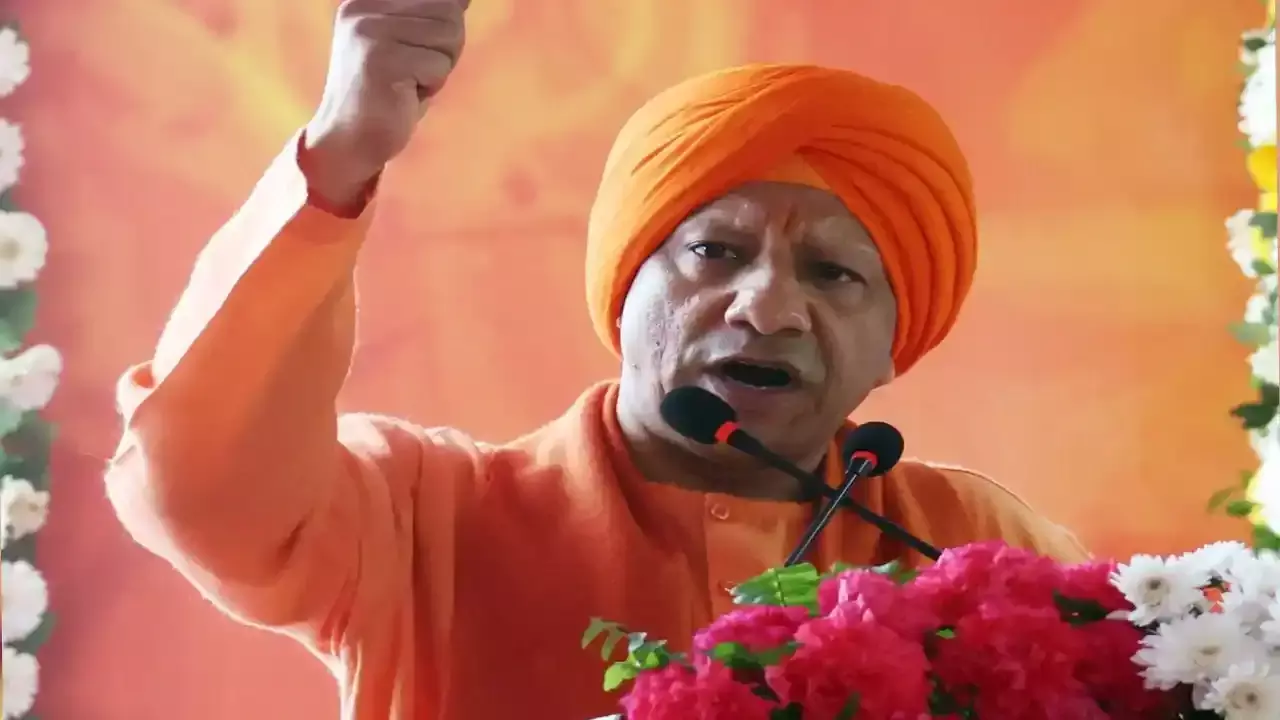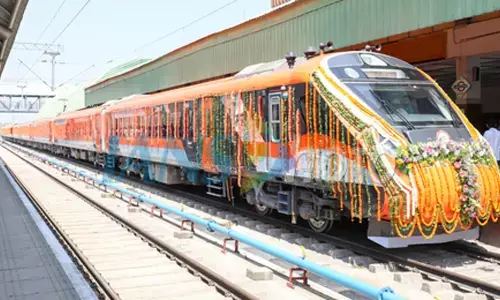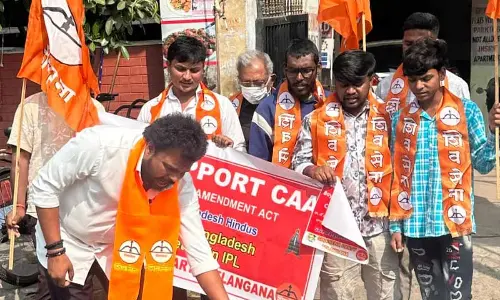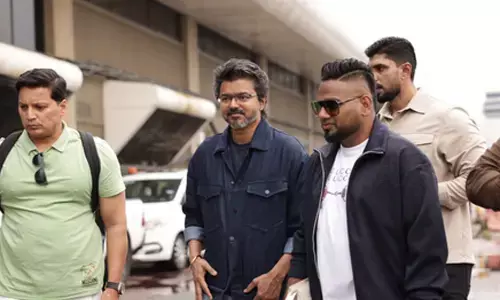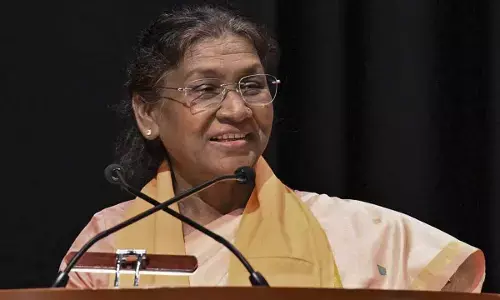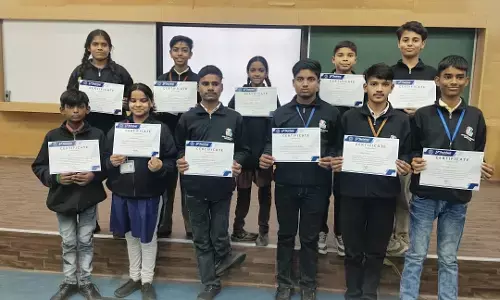The good, bad and worst
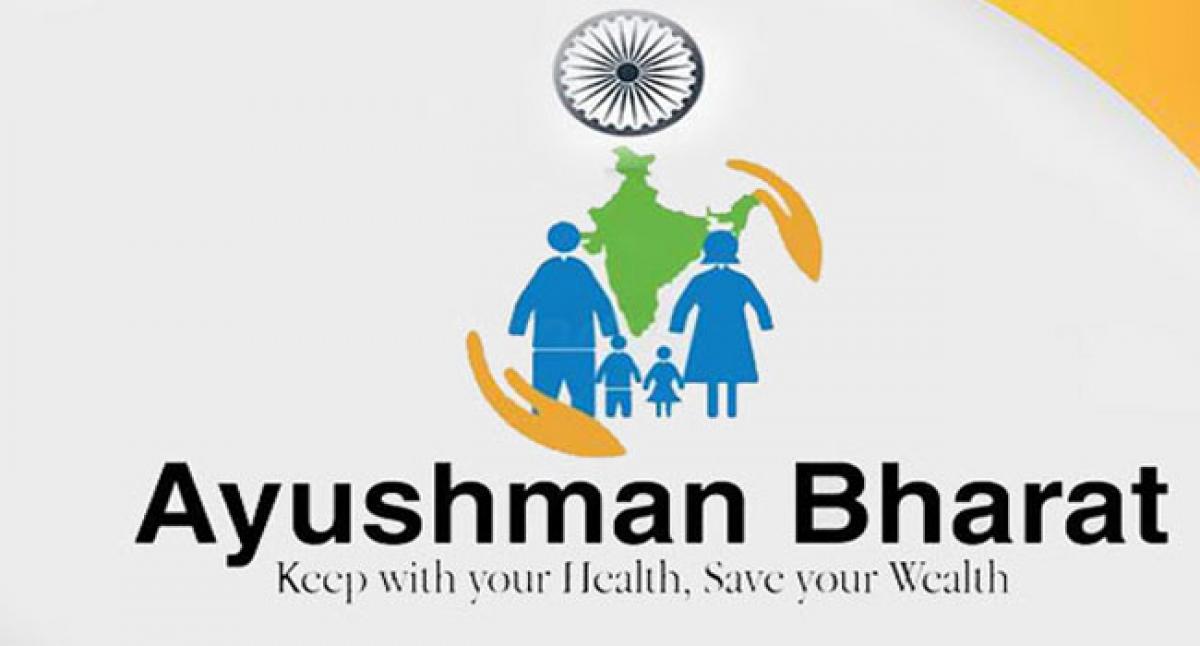
Ayushman Bharat is a very good scheme initiated by the Government of India, particularly when it is covering up to 10 crore families which means almost 4050 of the population will be covered
Ayushman Bharat is a very good scheme initiated by the Government of India, particularly when it is covering up to 10 crore families which means almost 40-50 % of the population will be covered. The kind of pre-emblem which has been proposed in the scheme is to cover all the people Below Poverty Line (BPL), rural masses. Moreover it is over and above the previously introduced scheme - National Health Protection Mission (NHPM), whose primary objective was to cover BPL citizens with capacity of around 30,000.
What is good about Ayushman Bharat?
The current scheme where a family will be insured for Rs 5 Lakh per annum is a huge sum and will cover most of their health issues. Additional pioneering benefit is that all the Primary health centres and the present sub centres are being converted into wellness centres. The current scenario of primary health centres and its sub-centres were a topic of discussion for a very long time and its malfunctioning can solely be attributed to poor governance .
With the availability of around 30,000 primary health centres, vacancies less than 2000 shows the scanty presence of doctors. Each Primary Health Centre has five sub-centres and the prime idea was that the health workers there will be running the sub-centres and the doctor in-charge from the associated Primary Health Centres will make a monthly or a fortnightly visit to these sub-centres is a curative point and in anguish. And now with the Government’s direction in the current proposed Ayushman Bharat scheme is to convert all the sub-centres into preventive and wellness centres is a very good initiative by the Government.
The Problem at hand Since independence health sector has suffered due to the fact that less importance was given to health. In comparison to developed countries like US & UK, over 15% of the GDP is allocated for betterment of health; India only spends around 1-1.3% on an average.
This scheme has many inbuilt messages which also highlights the Government’s approach and attention towards improving the primary health structure. But with certain modifications in the system or infrastructure of the Primary Health care centres, things can be made better. If the villagers are covered with 5 lakh insurance, then they can get a much better treatment otherwise.
1. Medical education in rural India needs improvement
One medical college should be there in every three district, but according to the current medical education system, about 200 districts have only 450 medical colleges, which is very less. If we take the examples of UT like Puducherry, it has 11 medical colleges If Government makes more medical colleges particularly in tribal areas, or areas which does not have medical health care or is looking for medical education, then the overall development of that area is bound to happen with opening of such Government medical colleges and better healthcare.
2. Is there a scarcity of doctors?
Government has always been pin pointing upon the dearth of doctors in the country. But imagine, in a country that produces over 90,000 MBBS doctors annually with 67,000 doctors passing out from 489 medical colleges in India and approximately 20,000 doctors who join as foreign medical graduates are already available to practice medicine in India.
But the problem arises with the fact that the available post graduation seats are limited to only 30,000, and the remaining 60,000 doctors may have only 1750 vacancies to join in any of the wellness centres. If the number of seats and number of vacancies are increased, the so- called dearth of doctors can easily be tackled.
If the system is made robust, these 60,000 doctors can be employed in the sub-centres on regular basis, instead of providing them contractual and ad hoc appointments.
3. Being an insurance scheme – who will reimburse?
Being an insurance scheme with cashless transaction, reimbursement to hospitals remains a hidden aspect, whether the reimbursement is to be provided by the Government or the insurance sector. Again, the setback remains that if the Government reimburses, then CGHS is already suffering. Payments in CGHS and ESI are not made for months together and the hospitals truthfully are discouraging such patients to admit.
4. What needs to be changed in policy making?
This is one of the most wonderful schemes ever thought of, but my concern is that it should not become a victim of poor governance; the proper thought process has to go in. The blatant example of this poor governance is the National Rural health mission, which was started 10 -15 years back to improve the primary health structure. But even after investing crores and crores of money, the Government had to abandon the mission due to high corruption rate.
Involve more private players
So far in this scheme no private organisations like IMA or any other private players have been consulted. The government seems shaky and cloudy as far as the thought process is concerned, and even the methodology of implementation of this scheme seems unclear.
With the participation of private sector which is almost 80 per cent will be a defining moment for this scheme. There should be transparent, clear cut directions along with a robust reimbursement system in this scheme to be implemented.
Instill MBBS doctors at sub-centres and focus on improving primary healthcare
As a personal opinion the sub-centres can be run by MBBS doctors if proper employment is provided to them. Instead of spending lavishly in building super-specialty hospitals, make most of the investments in improving the primary health structure of the country, be it the primary health centres or sub-centres. States like Kerala has a very robust primary health structure and recently Tamil Nadu and Gujarat has also started doing well by giving a lot of attention to the Primary healthcare infrastructure.
Scheme requires a federal structure
A federal structure is required in this scheme to be successful which implies that some of the states already have their own schemes, and some are over and above this. As inbuilt in the pre-emblem, that 40% expenses will be provided by the state and 60% by the central should be implemented properly along with better participation of the states.
States should be directed or requested to see that it should become one scheme where everybody is at par looking at it. So the point is some kind of a quality control, along with a streamlined reimbursement process, private sector to be taken in confidence if we do all these, this can be a great success. (The author is a Past President, IMA)
By Dr Vinay Aggarwal








